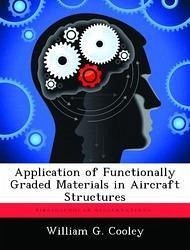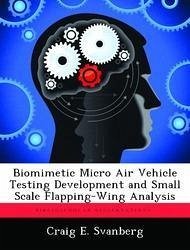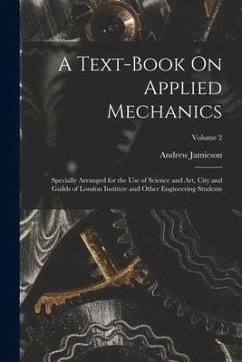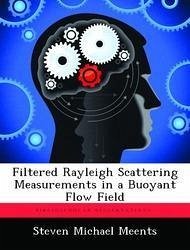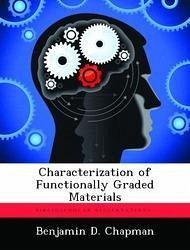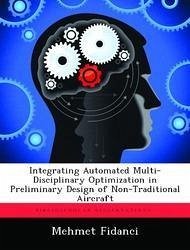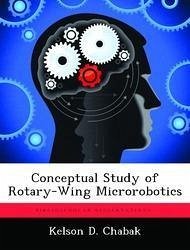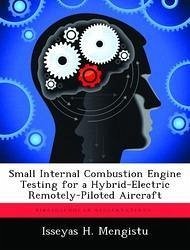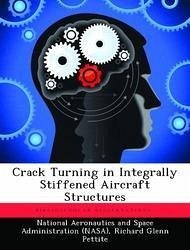
Crack Turning in Integrally Stiffened Aircraft Structures
Versandkostenfrei!
Versandfertig in über 4 Wochen
52,99 €
inkl. MwSt.
Weitere Ausgaben:

PAYBACK Punkte
26 °P sammeln!
Current emphasis in the aircraft industry toward reducing manufacturing cost has created a renewed interest in integrally stiffened structures. Crack turning has been identified as an approach to improve the damage tolerance and fail-safety of this class of structures. A desired behavior is for skin cracks to turn before reaching a stiffener, instead of growing straight through. A crack in a pressurized fuselage encounters high T-stress as it nears the stiffener--a condition favorable to crack turning. Also, the tear resistance of aluminum alloys typically varies with crack orientation, a form...
Current emphasis in the aircraft industry toward reducing manufacturing cost has created a renewed interest in integrally stiffened structures. Crack turning has been identified as an approach to improve the damage tolerance and fail-safety of this class of structures. A desired behavior is for skin cracks to turn before reaching a stiffener, instead of growing straight through. A crack in a pressurized fuselage encounters high T-stress as it nears the stiffener--a condition favorable to crack turning. Also, the tear resistance of aluminum alloys typically varies with crack orientation, a form of anisotropy that can influence the crack path. The present work addresses these issues with a study of crack turning in two-dimensions, including the effects of both T-stress and fracture anisotropy. Both effects are shown to have relation to the process zone size, an interaction that is central to this study. Following an introduction to the problem, the T-stress effect is studied for a slightly curved semi-infinite crack with a cohesive process zone, yielding a closed form expression for the future crack path in an infinite medium. For a given initial crack tip curvature and tensile T-stress, the crack path instability is found to increase with process zone size. Fracture orthotropy is treated using a simple function to interpolate between the two principal fracture resistance values in two-dimensions. An extension to three-dimensions interpolates between the six principal values of fracture resistance. Also discussed is the transition between mode I and mode II fracture in metals. For isotropic materials, there is evidence that the crack seeks out a direction of either local symmetry (pure mode I) or local asymmetry (pure mode II) growth. For orthotropic materials the favored states are not pure modal, and have mode mixity that is a function of crack orientation.





